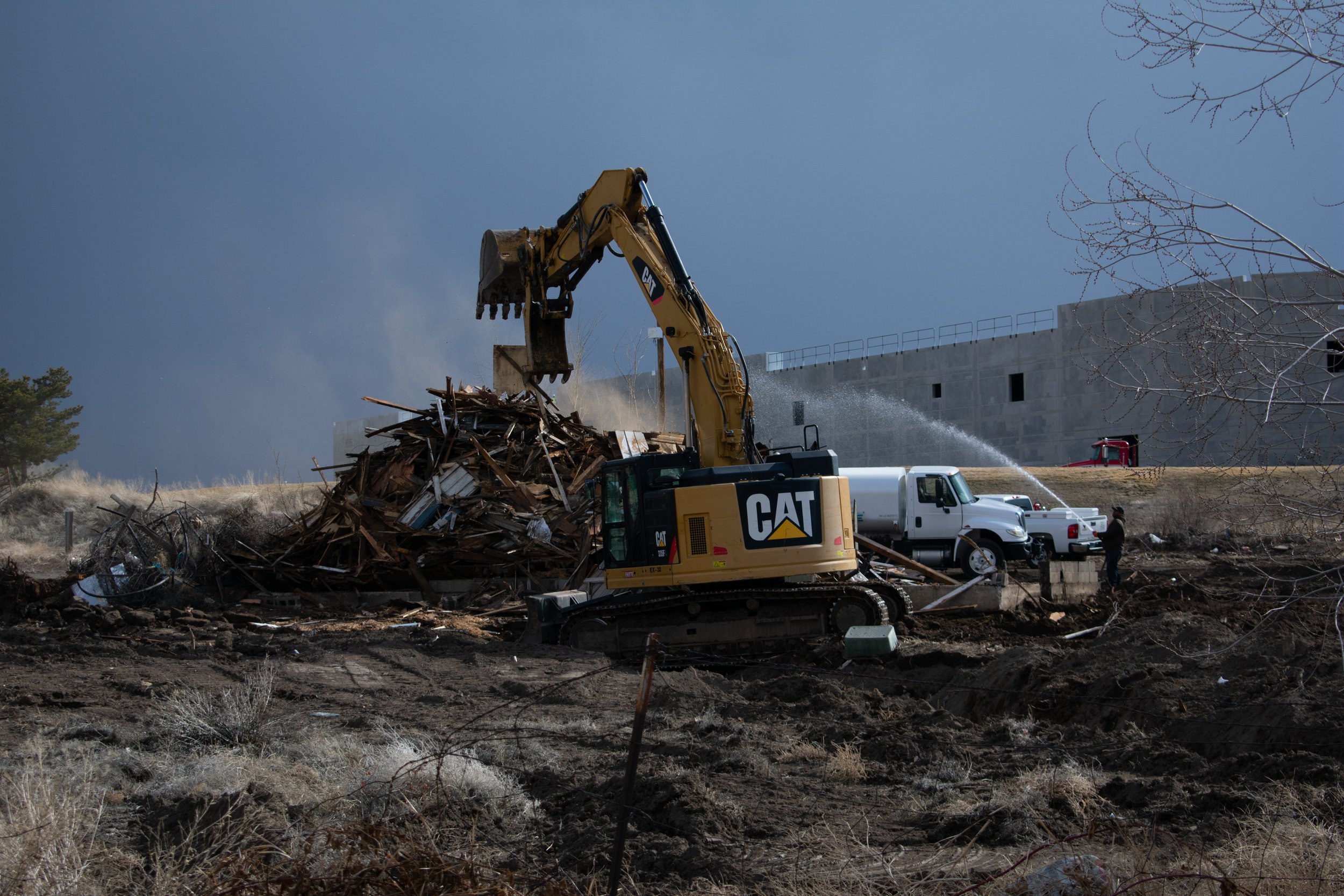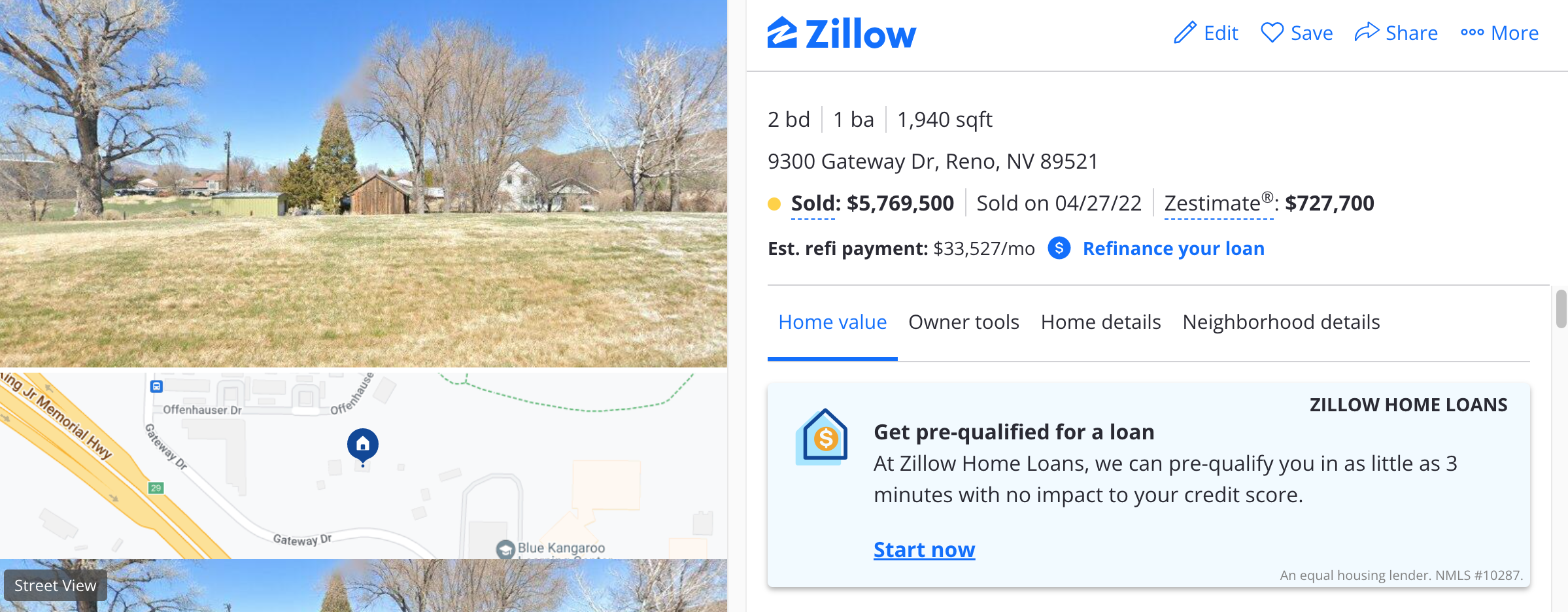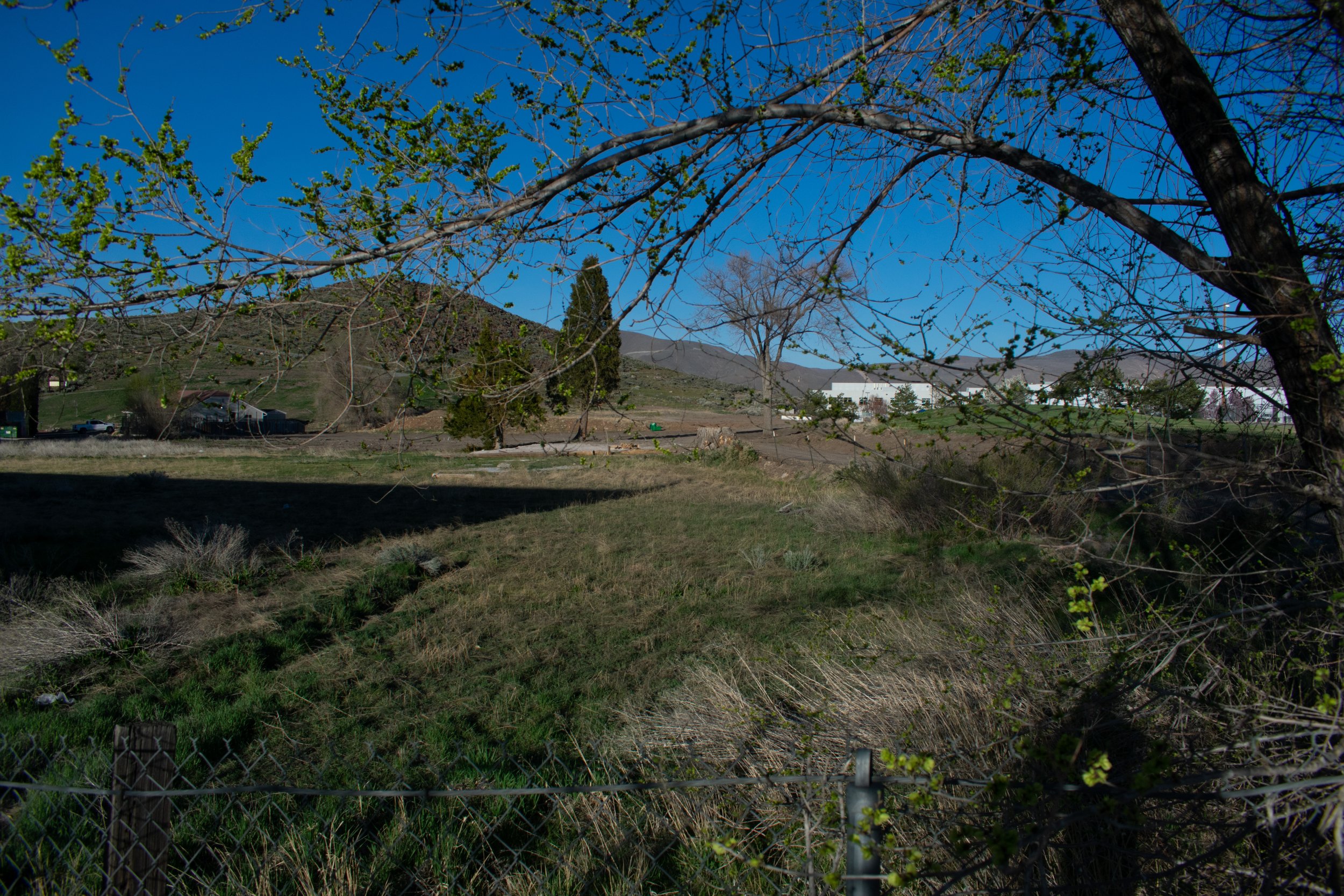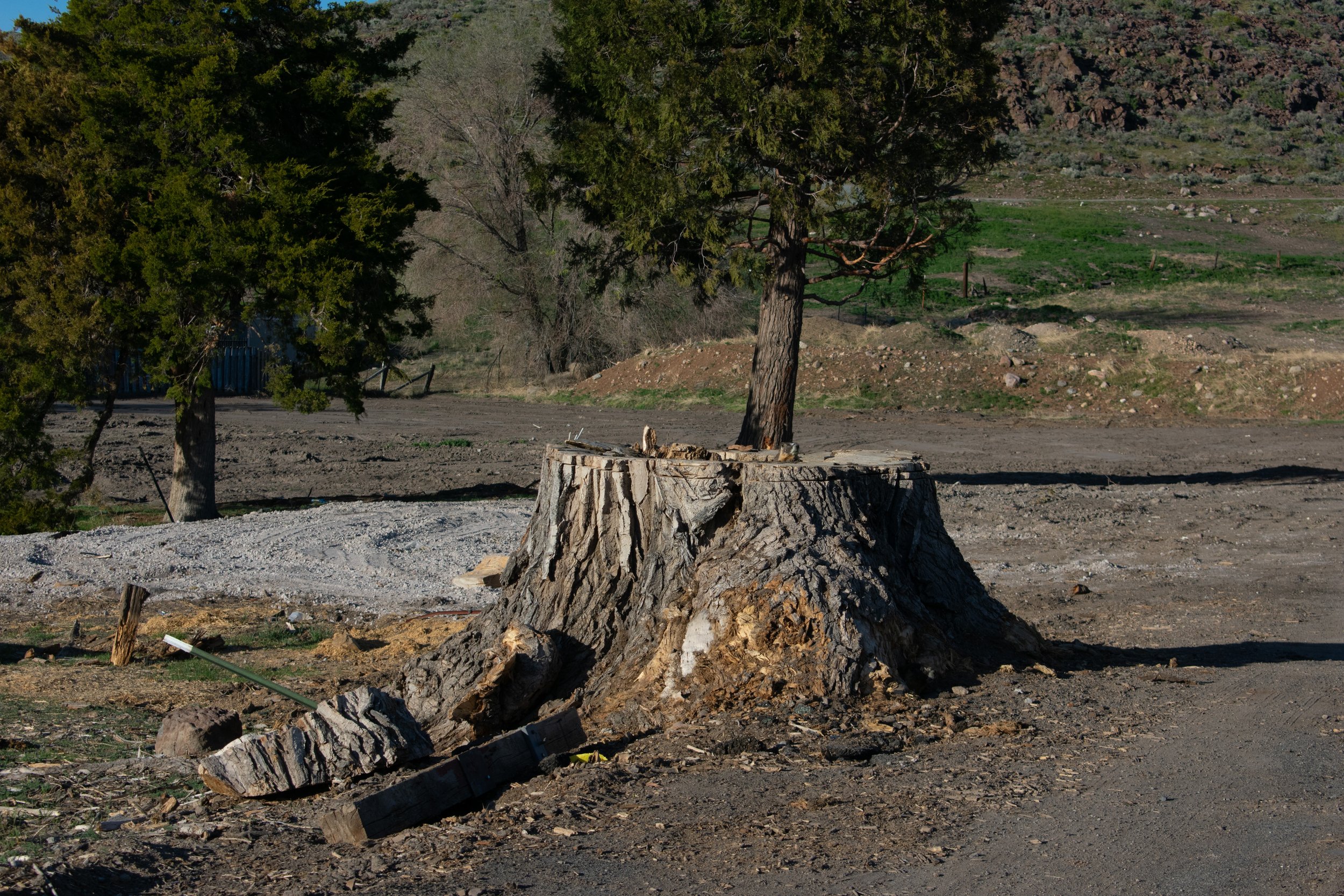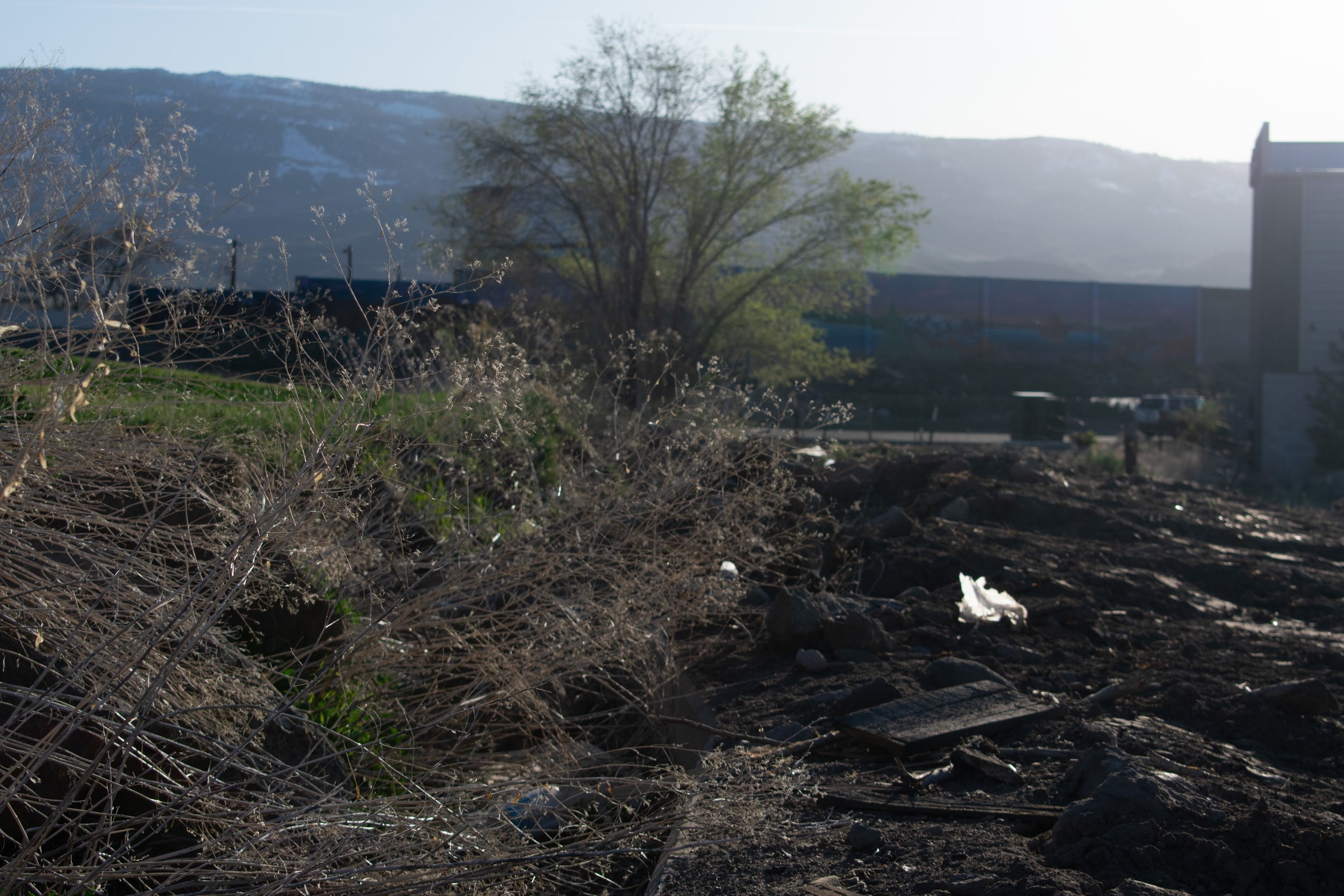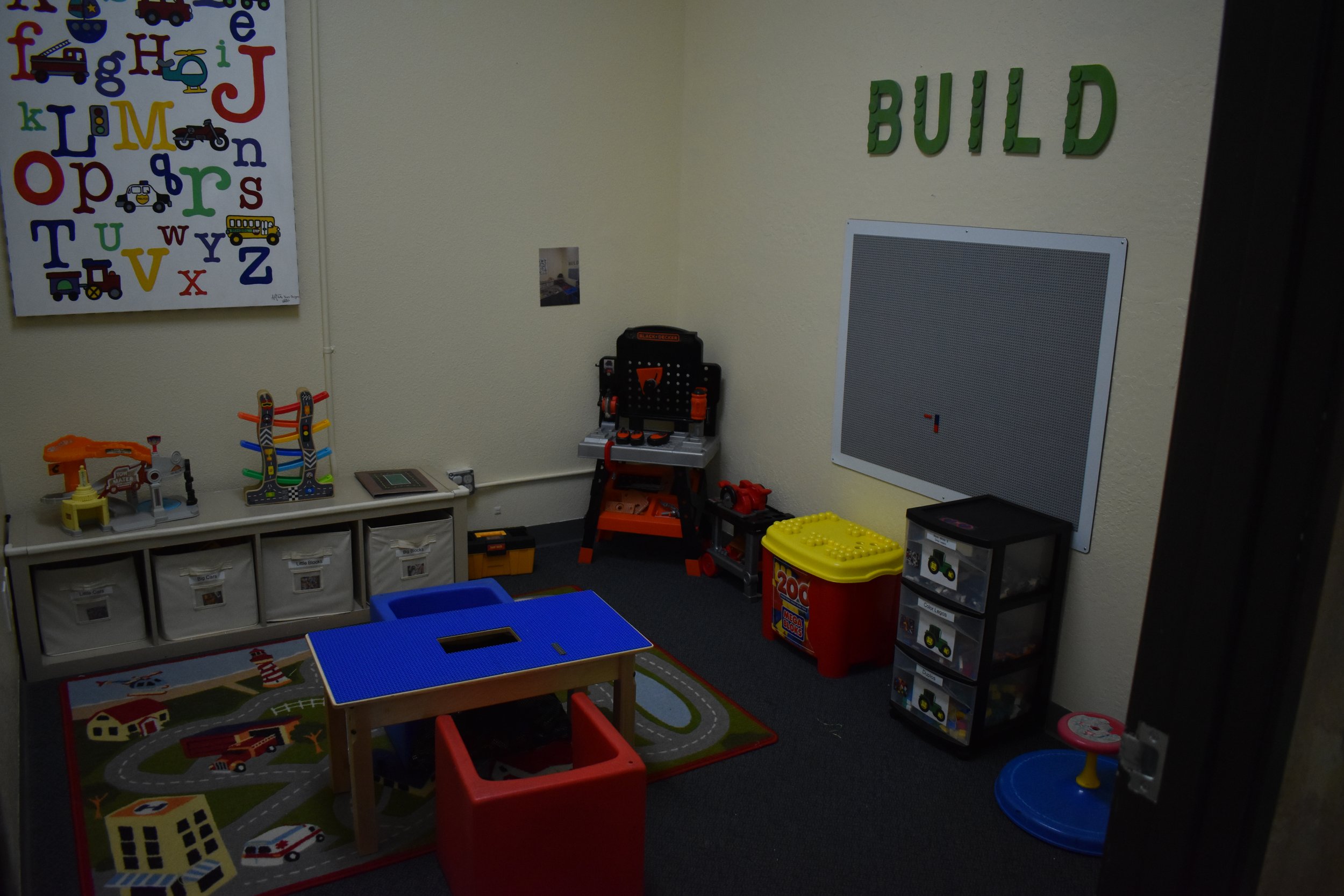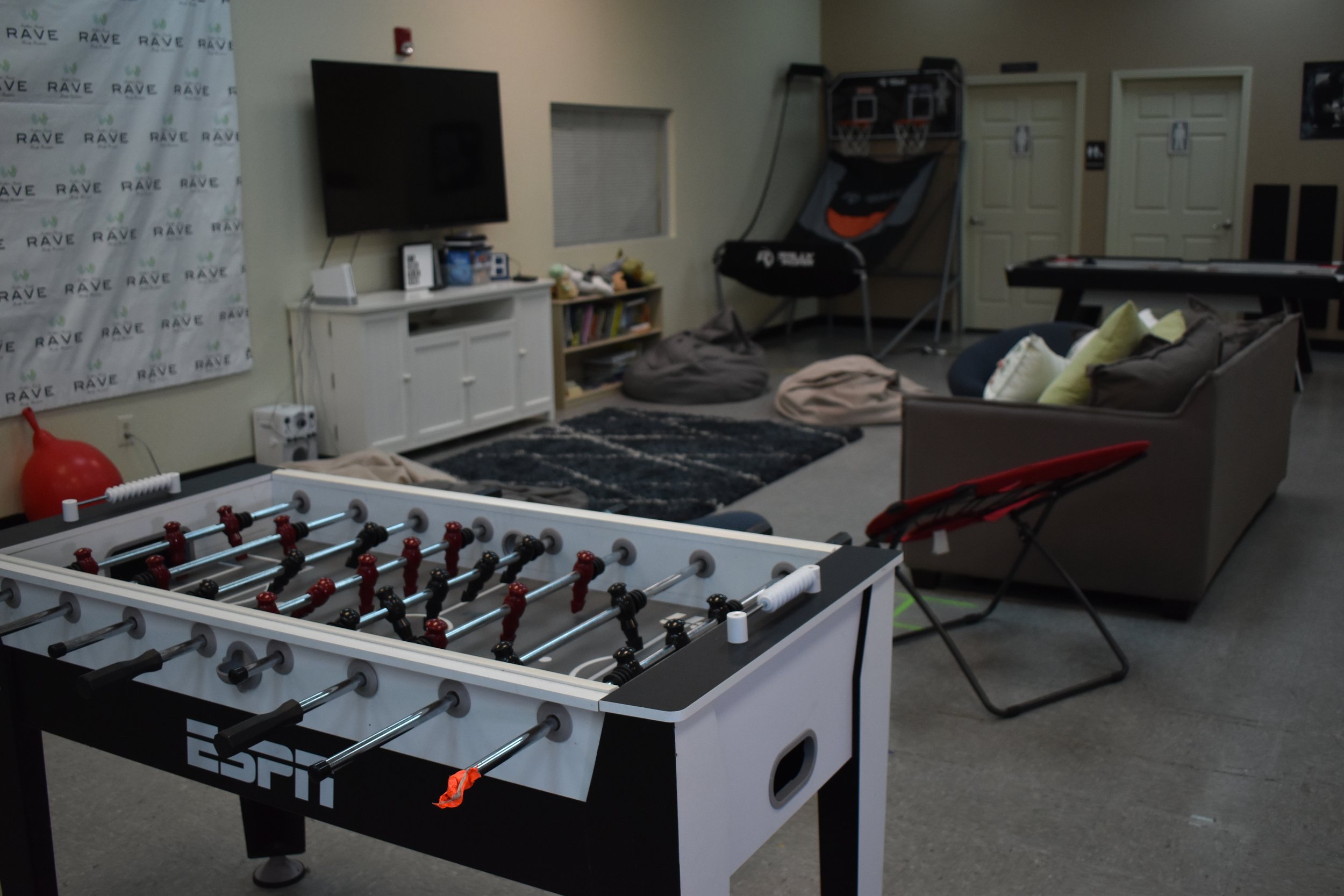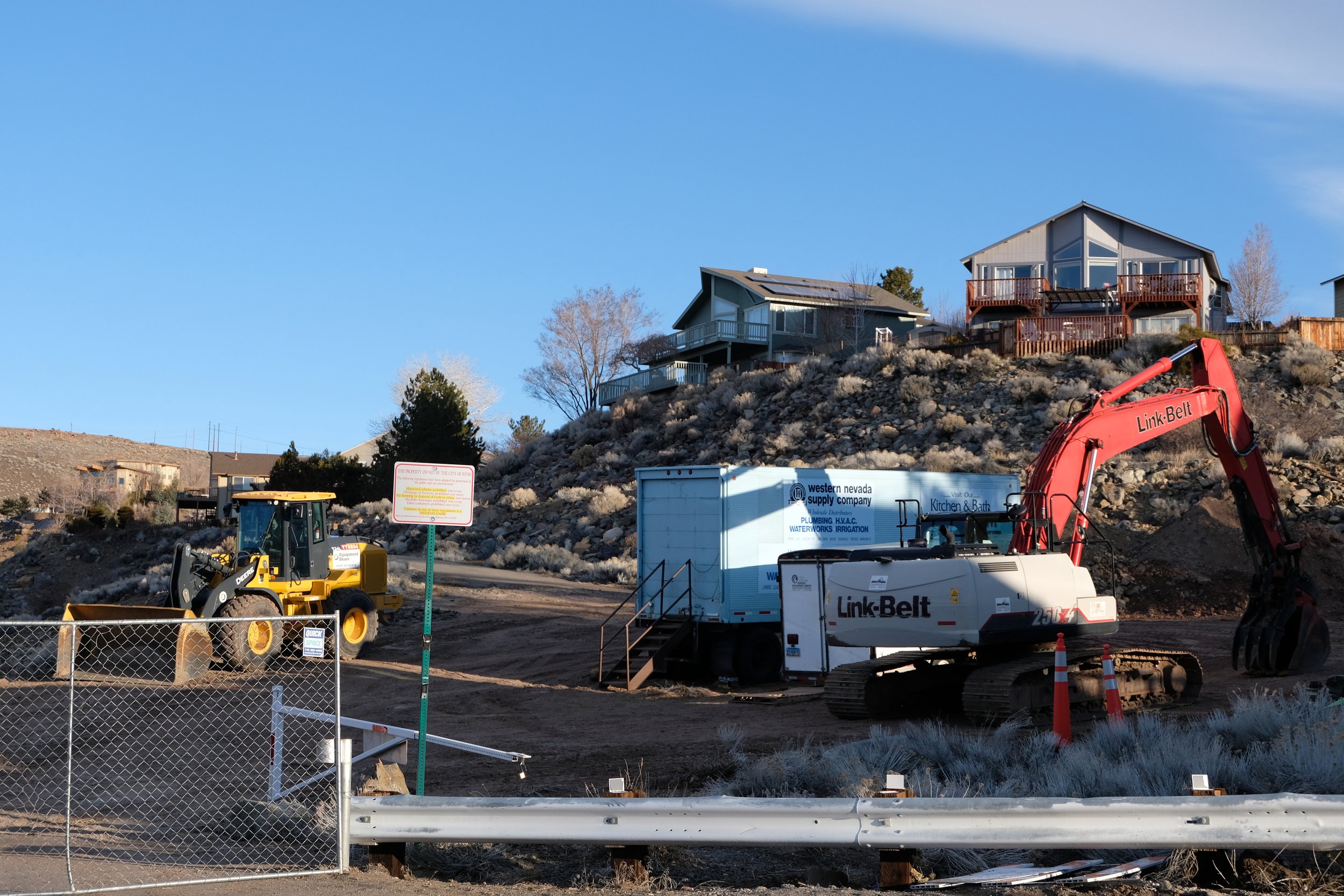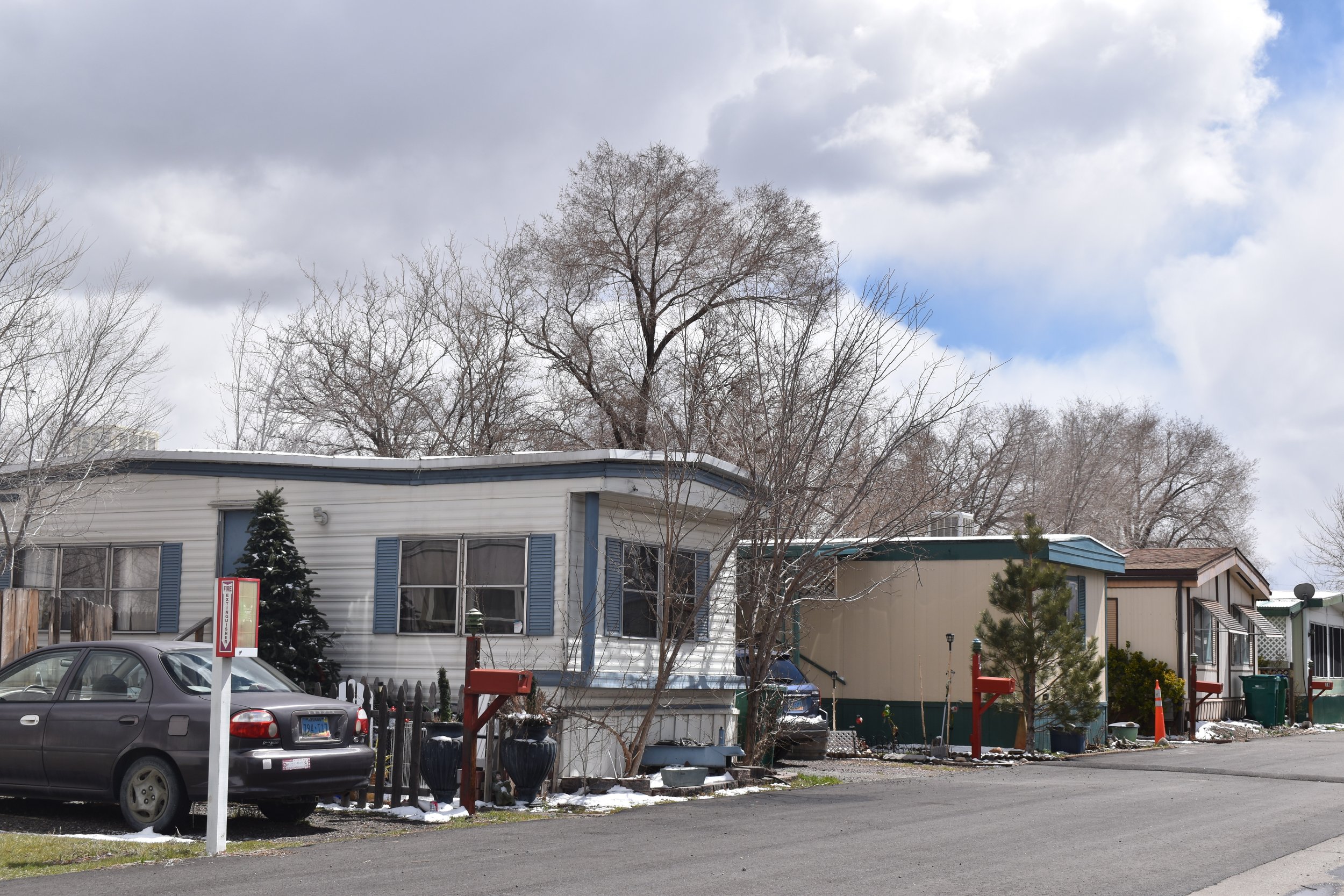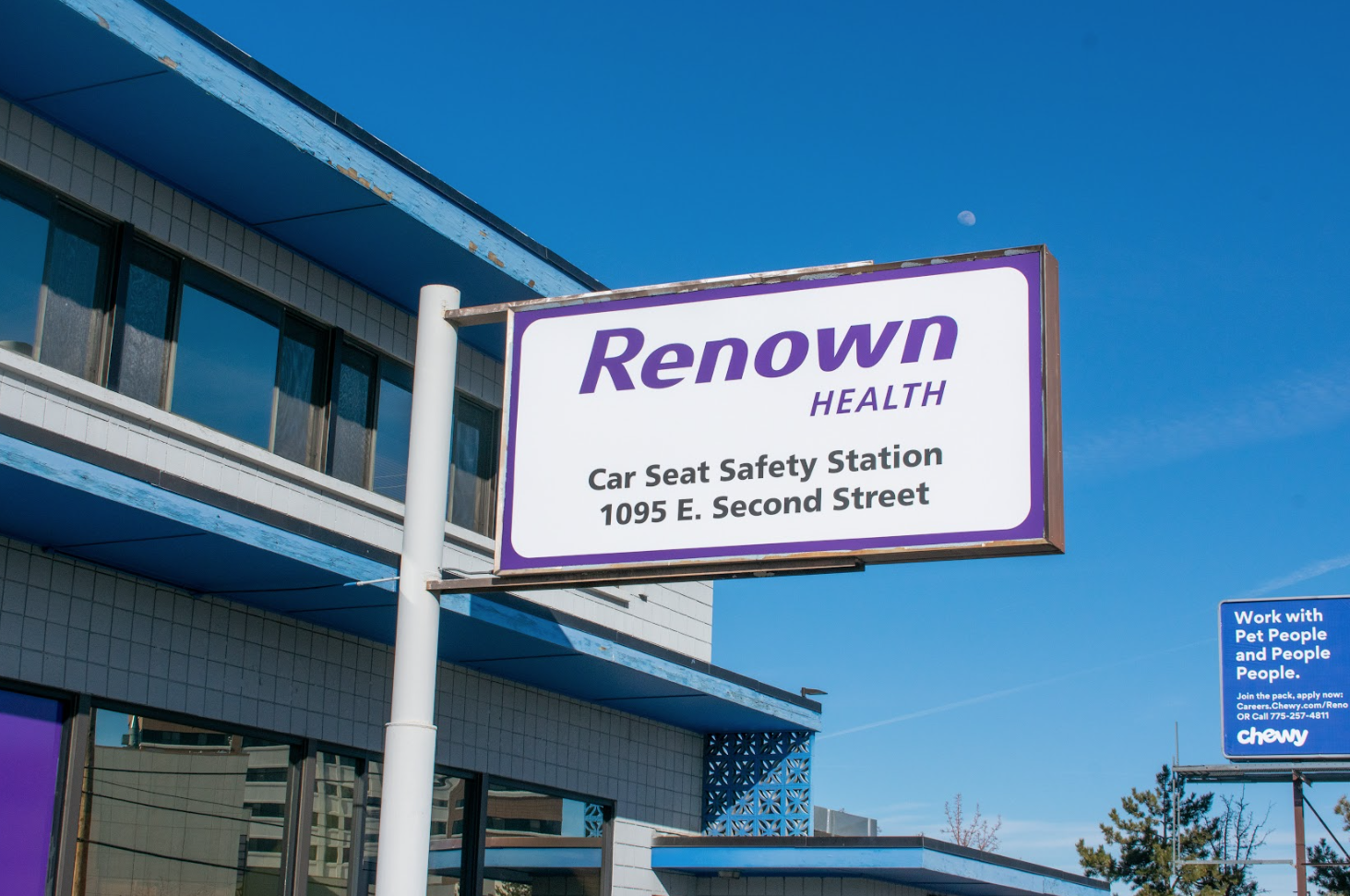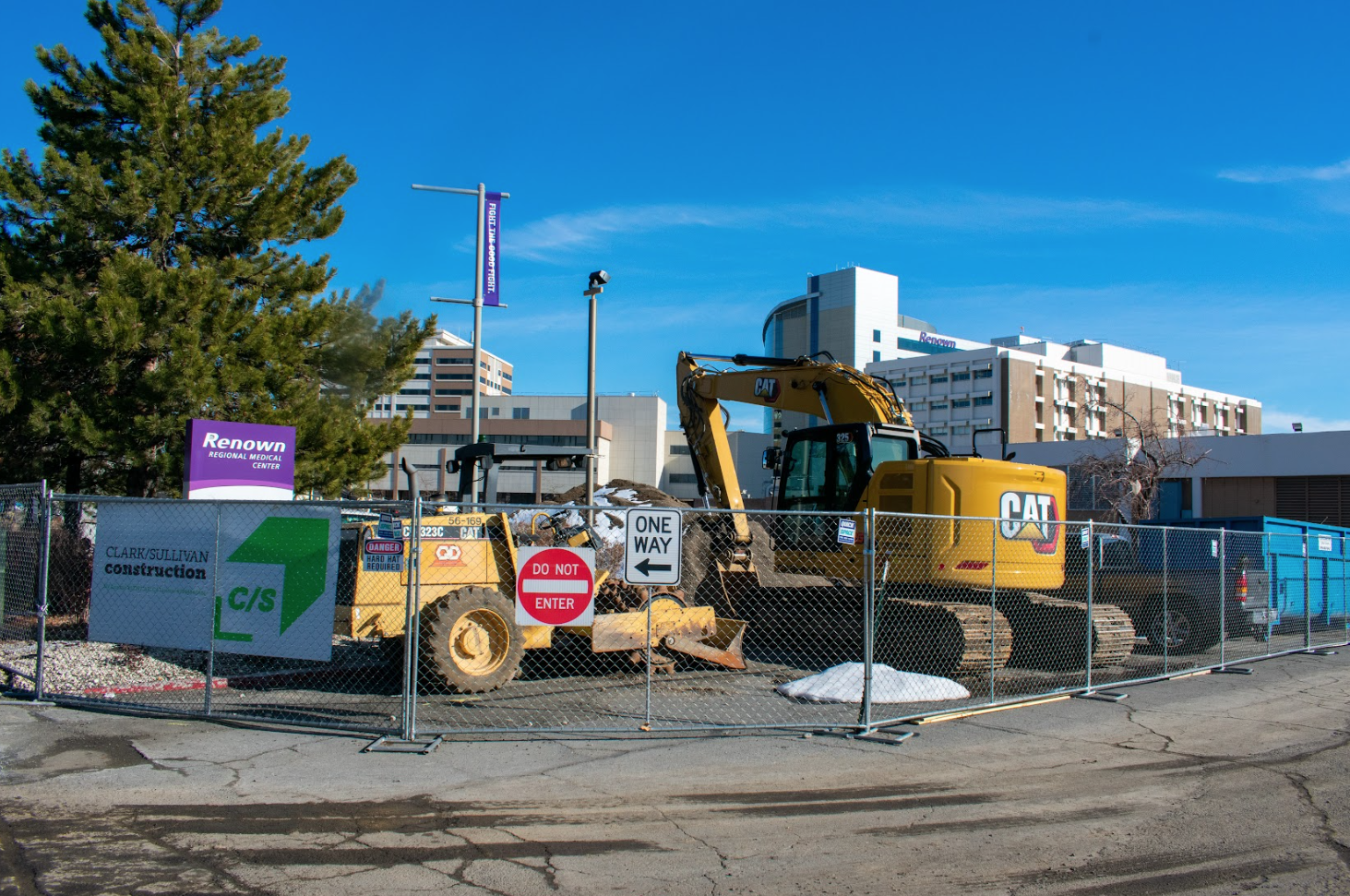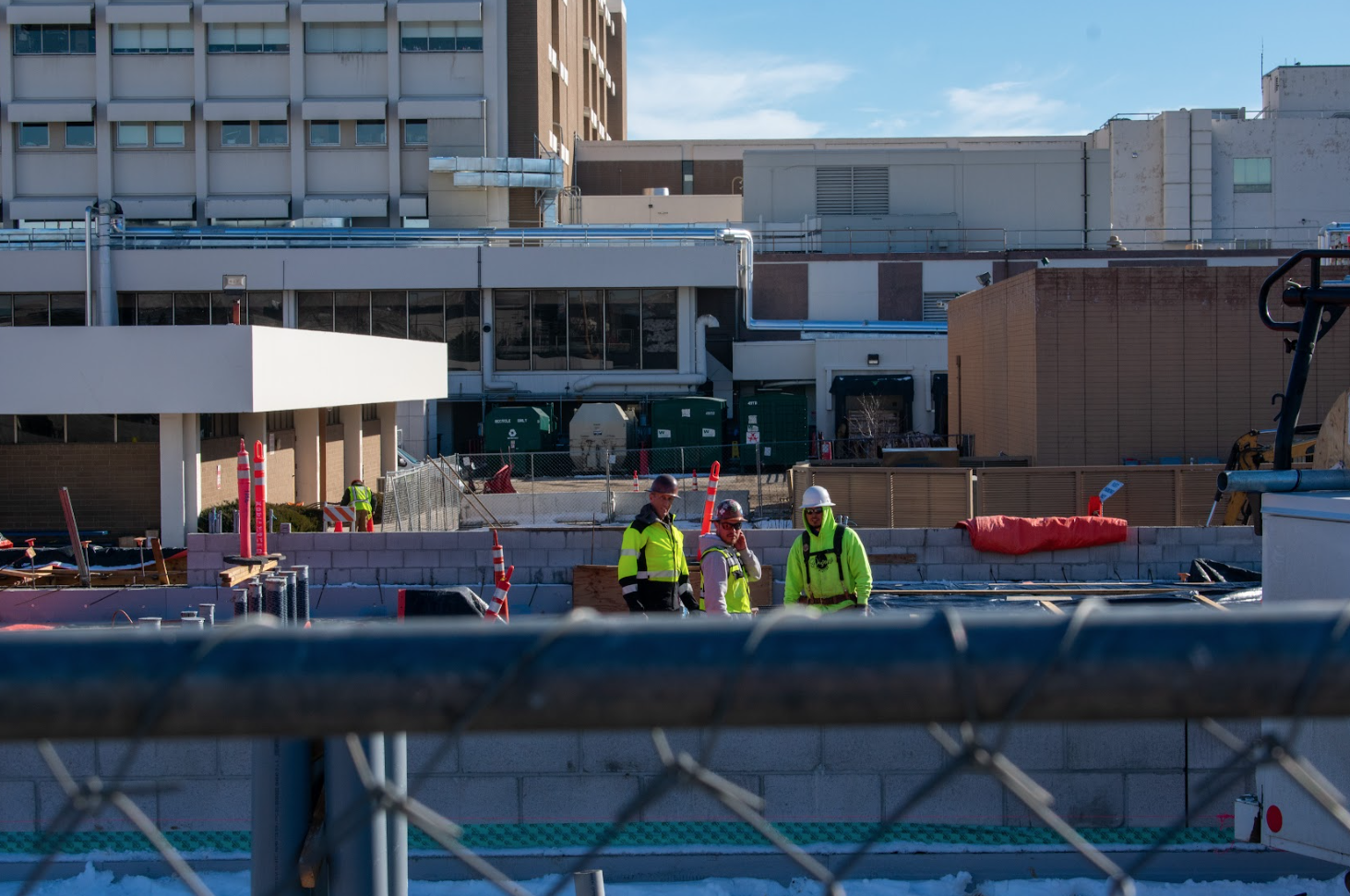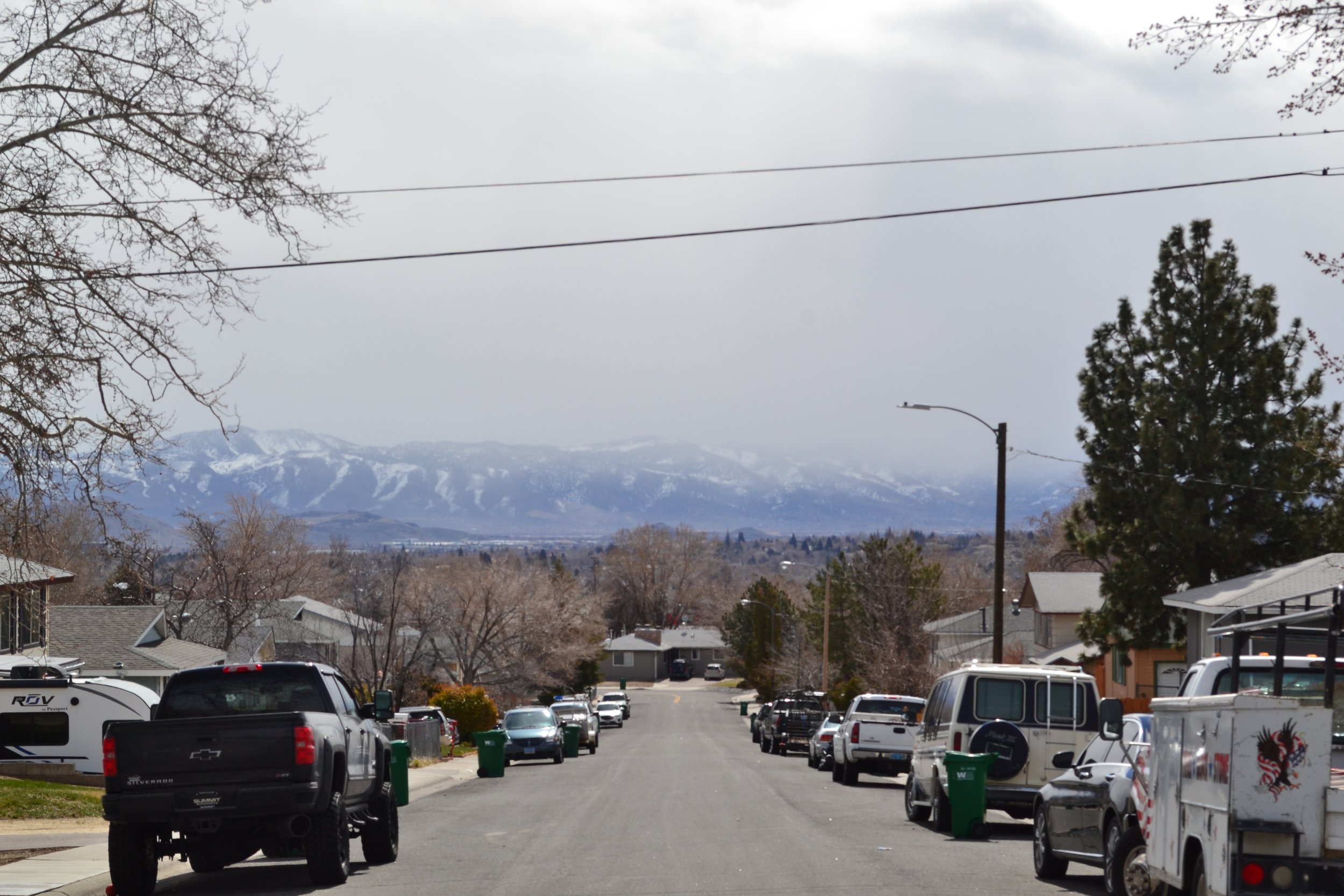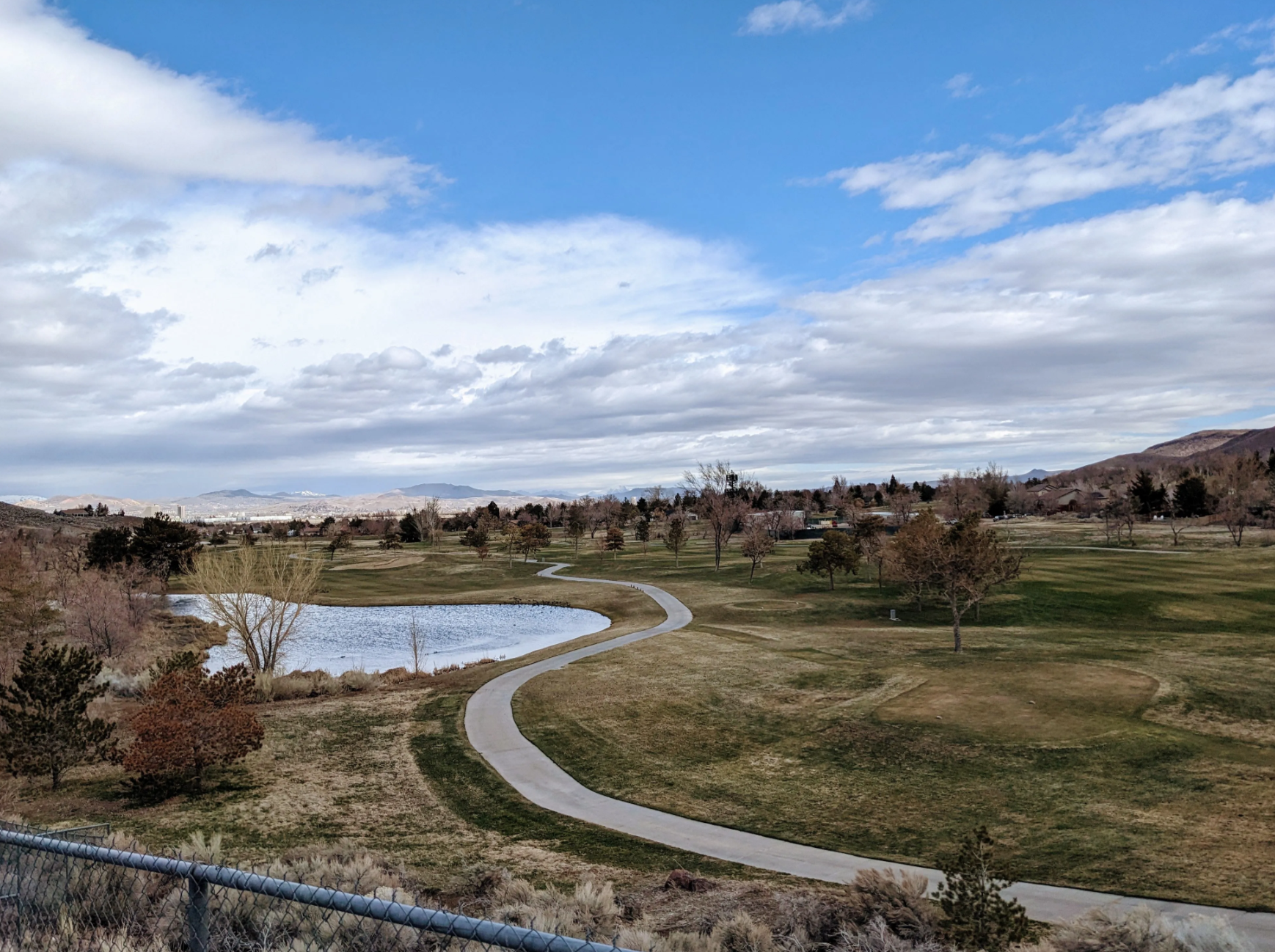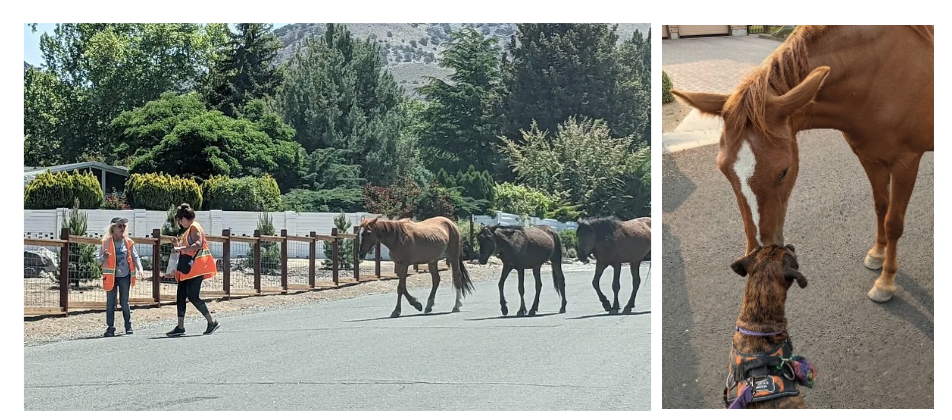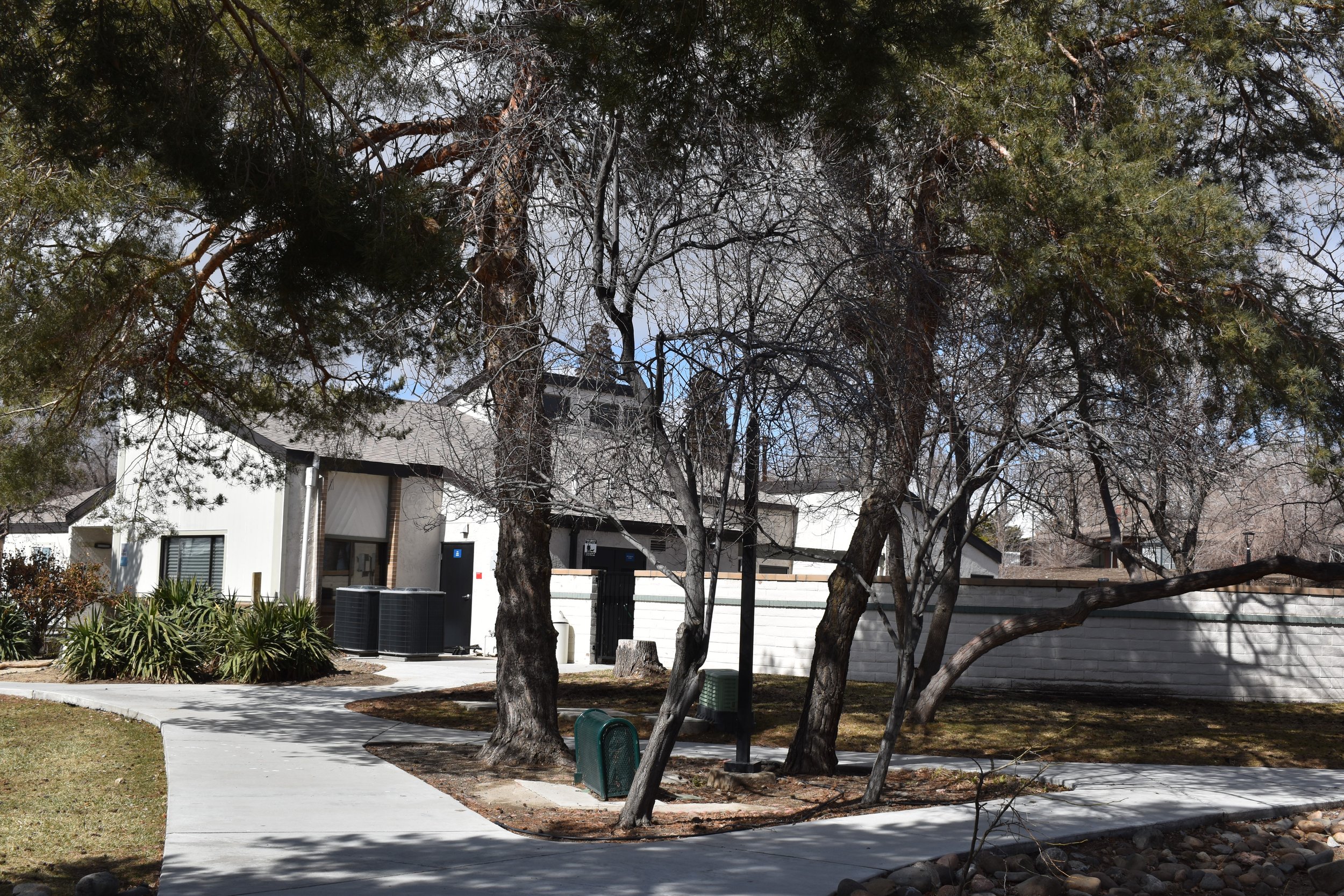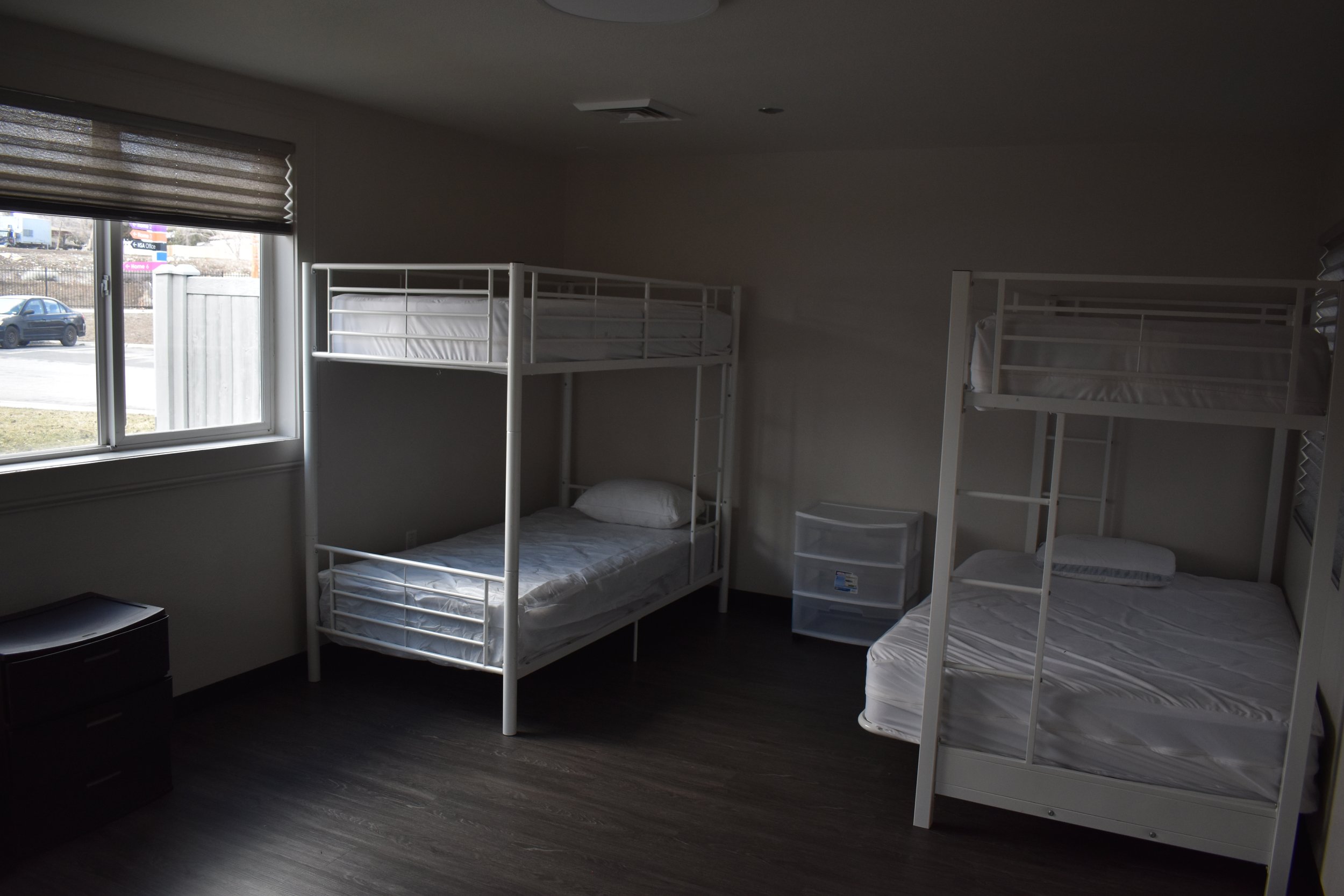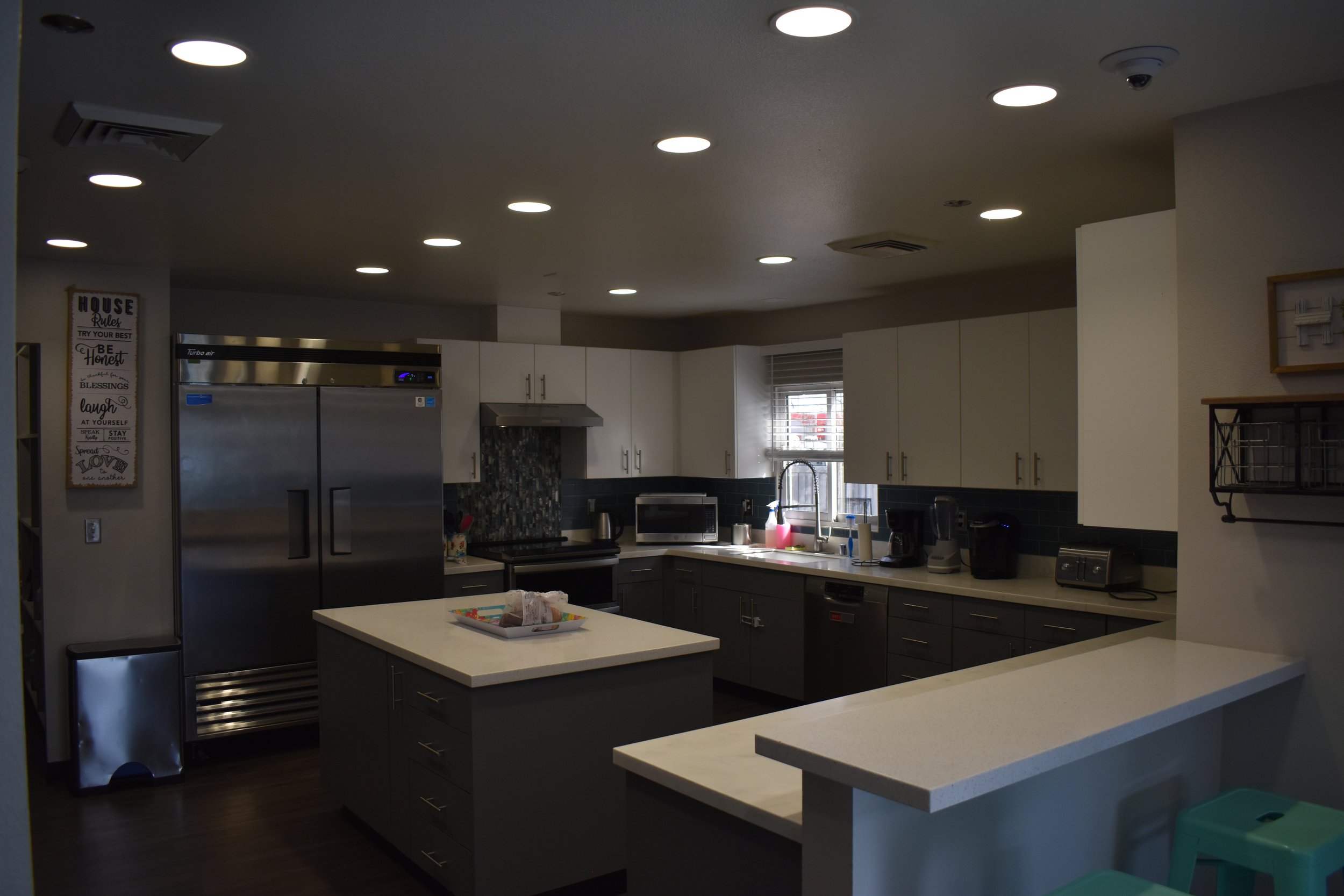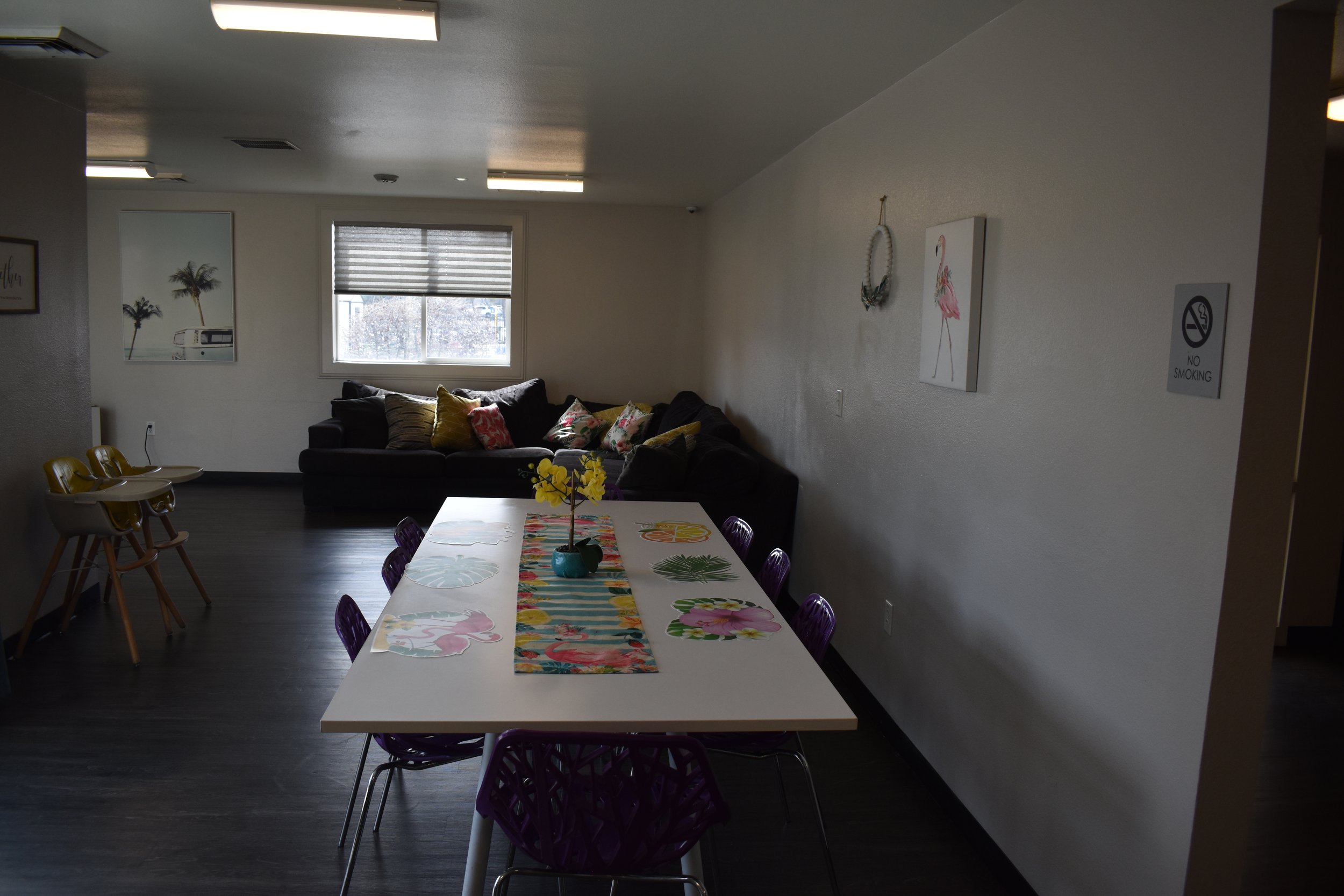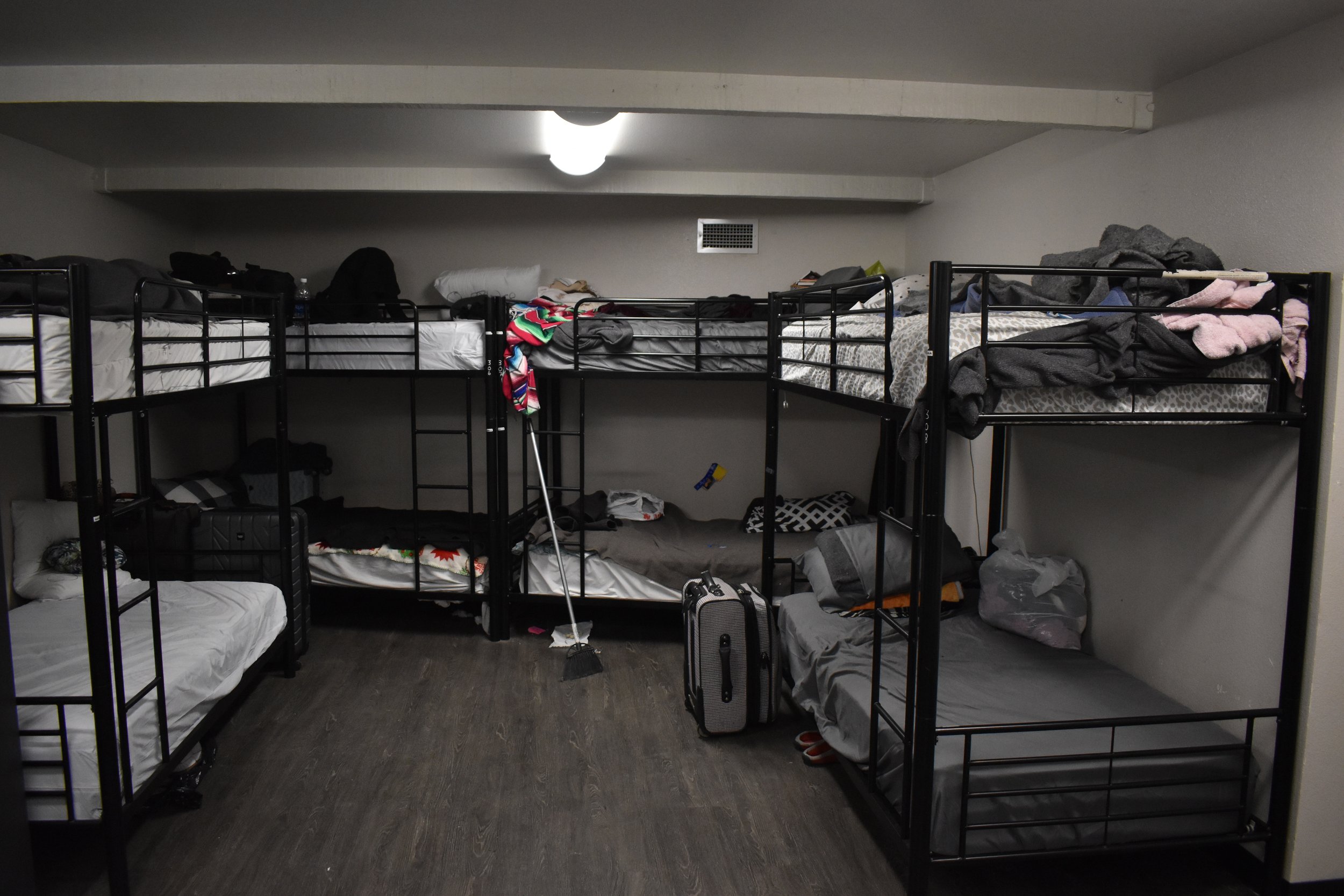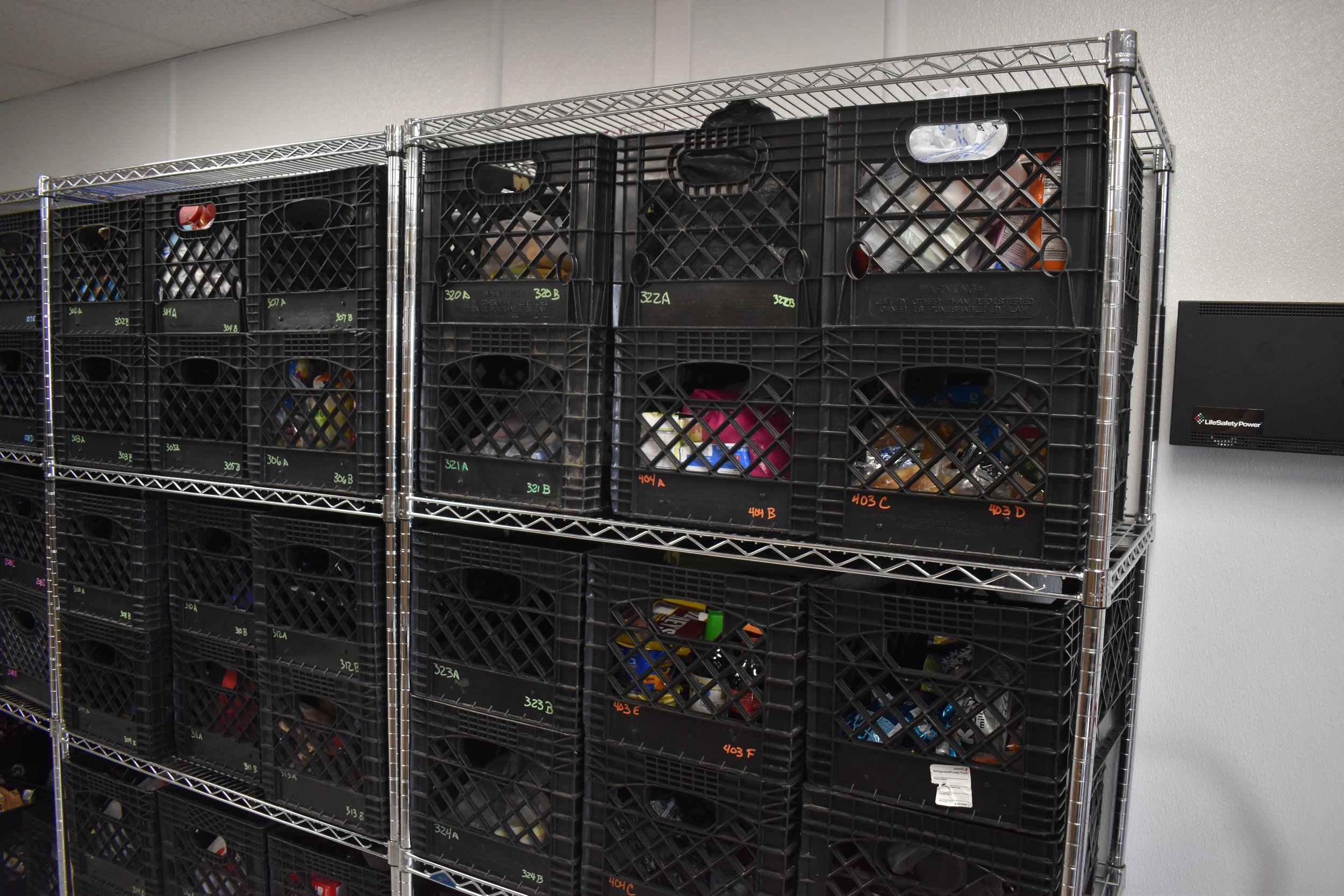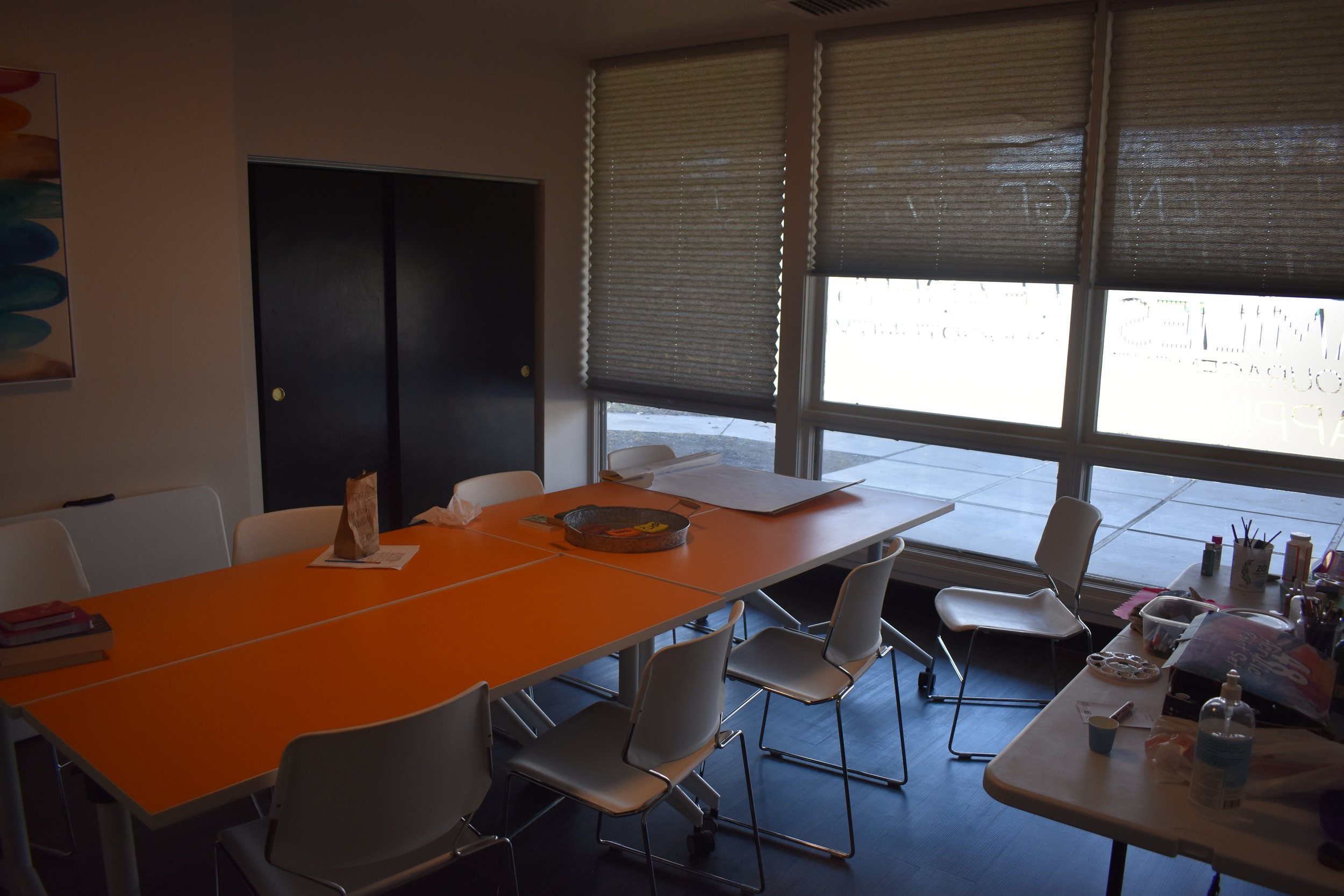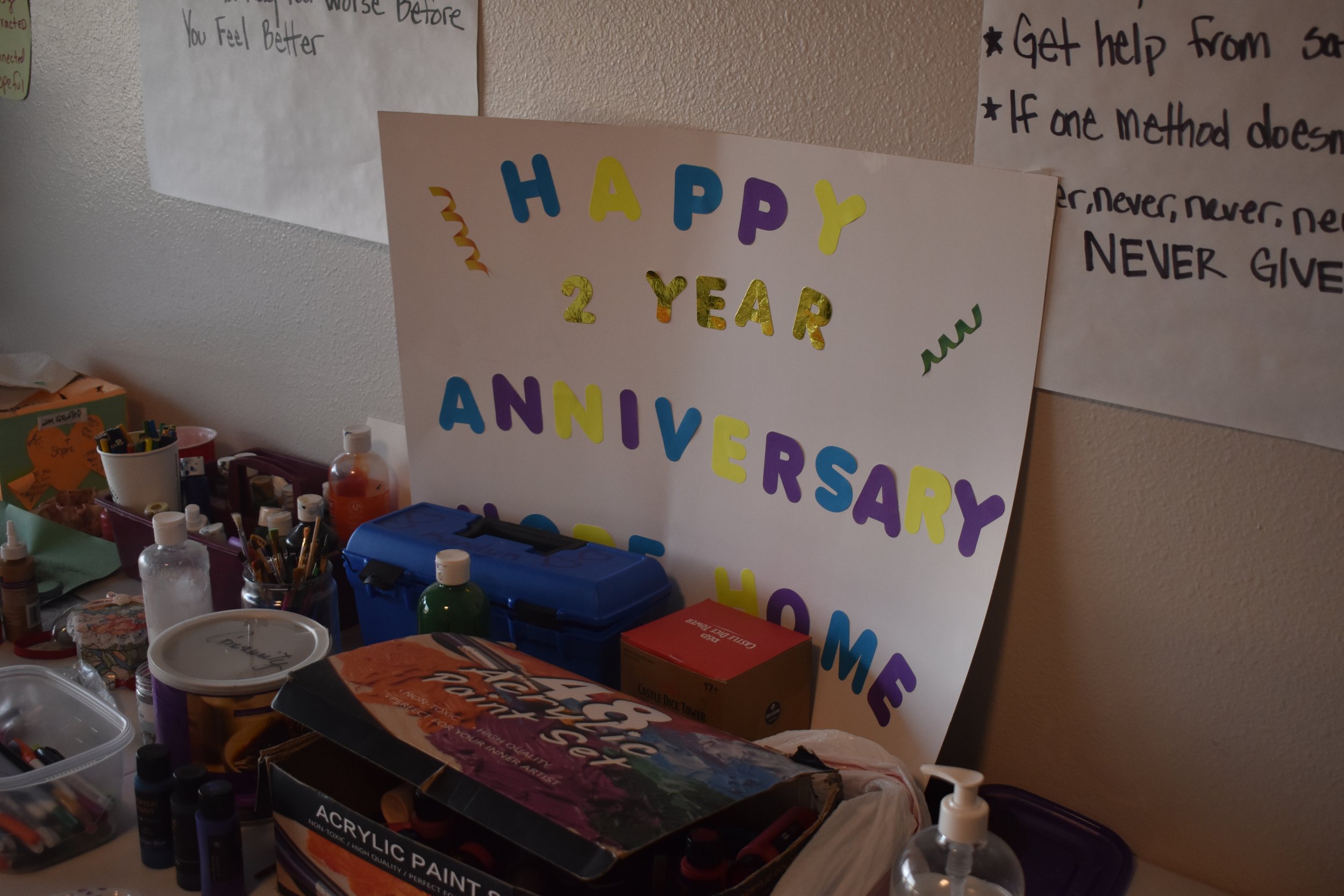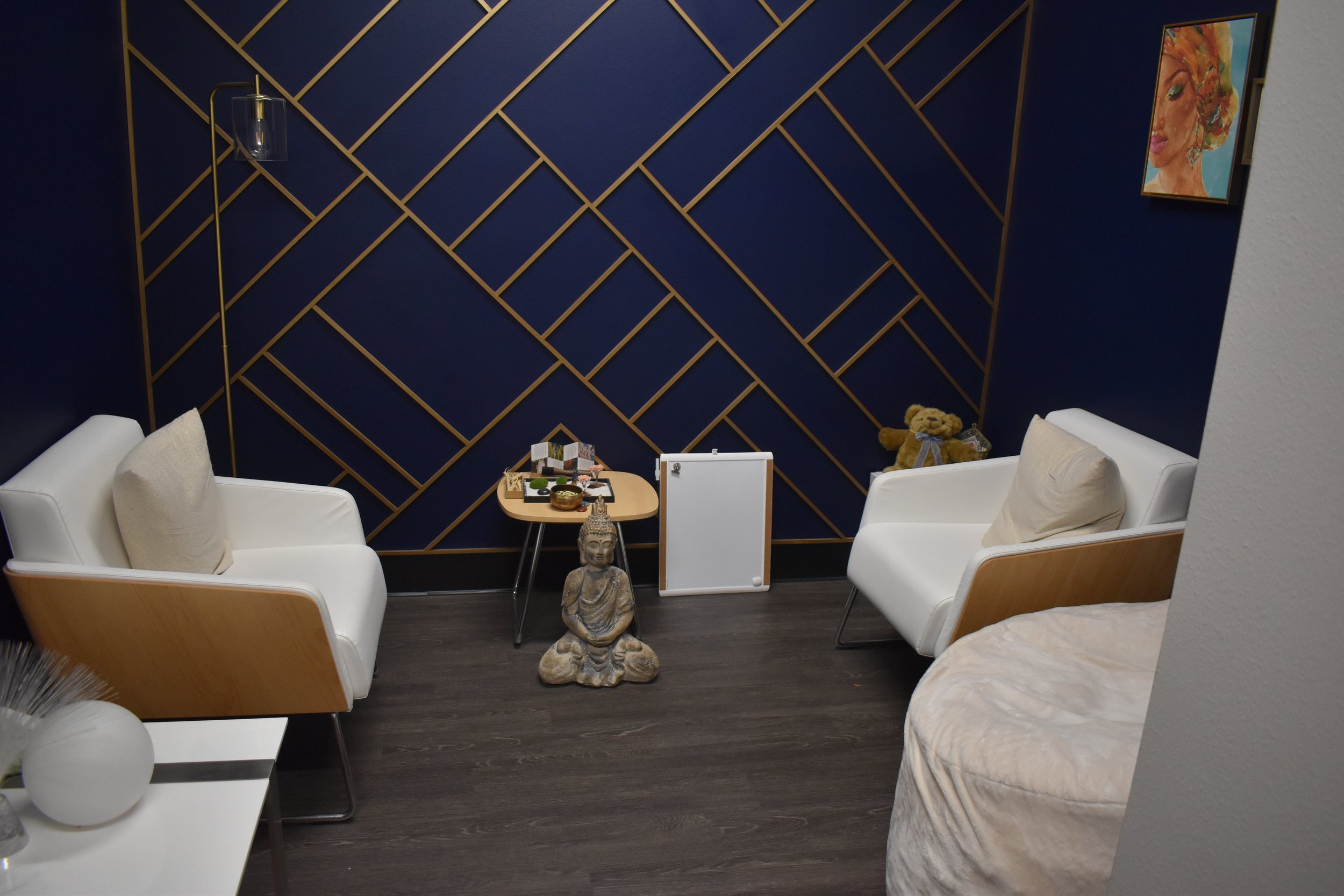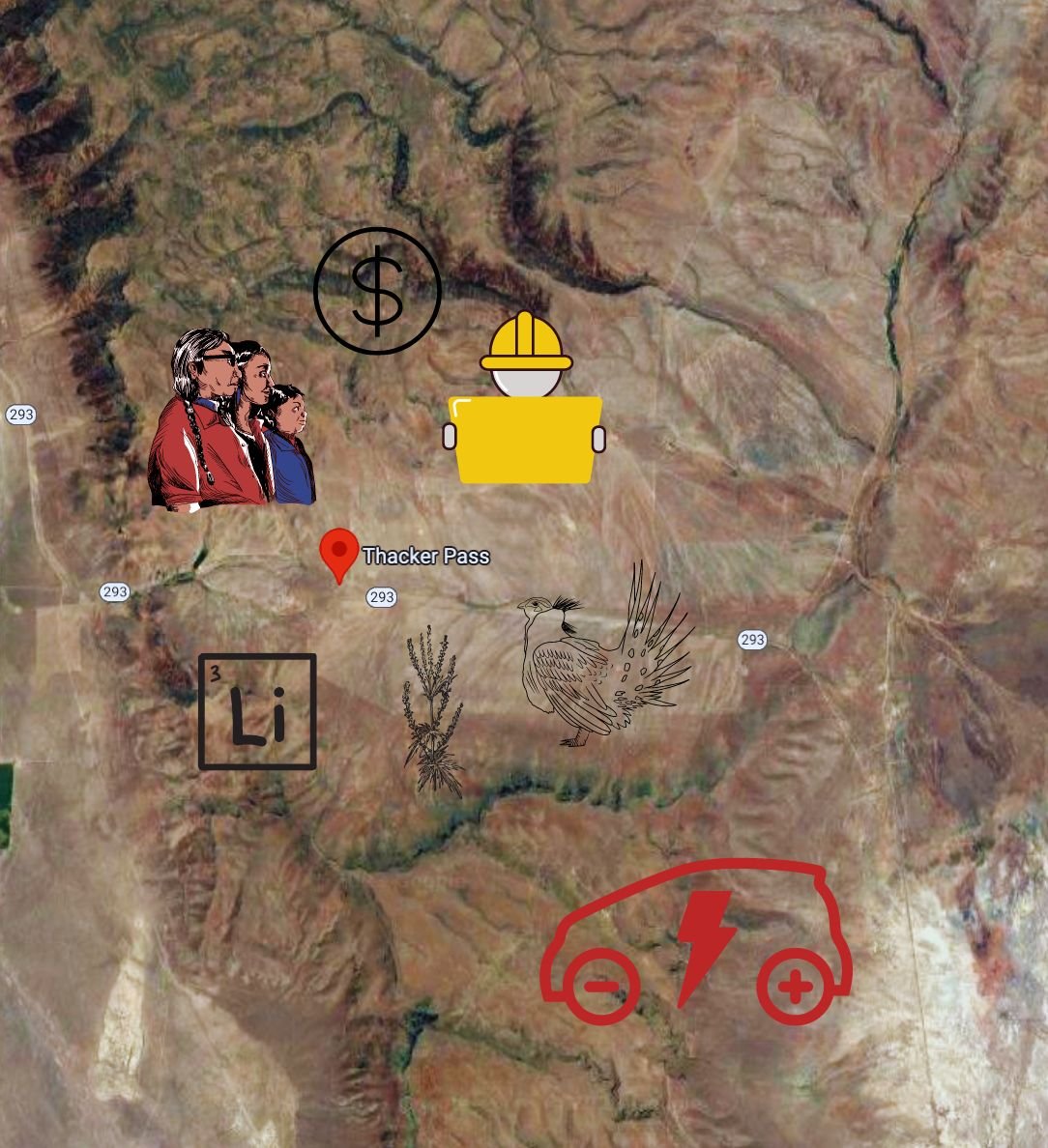When OUR Place opened in 2021, they were only originally using the buildings in the lower part of the campus, with beds for 110 women and 28 families. “We quickly learned a couple of things. Firstly, the sheer rate of women experiencing homelessness. I think at one point, we had over 100 women on the waitlist to get a bed,” Schweickert explains.
They had a building up the hill on campus that was being under-utilized and used funds from Grace Church to turn that building into what is now the Risk Reduction Home. OUR Place doesn’t drug test any of their guests, they operate on an honors system instead. “A lot of guests aren’t here because of substance use,” Schweickert mentions. “So why would we want them to stay down there if substance abuse isn’t their issue?”
The Risk Prevention Home is where a lot of the on-campus group activities take place, including group sessions with a therapist and art classes. “To be in this home, women are required to participate in at least two of these group activities a week, unless you’re working and you can’t,” Schweickert mentions.
Within the home is a huge art room which is kept open all day, filled with painting supplies, art tools, and inspiring messages on the walls. “We’ve met a lot with people living here, our unsheltered guests and guests that had previously been in other shelters. We asked them what they would want different, and tried to cater to their needs and hopes,” Schweickert said.
There’s a designated therapy room for the mental health specialists that visit the campus to hold sessions in, a very calming and zen space. “About 55% of women here self-identify as suffering with mental health issues, but if you talk to our mental health therapist, she’ll say it’s probably closer to 95%,” Schweickert explains. “Domestic violence, sexual assault, any type of trauma is something that can affect mental health and stability. It’s the full spectrum.”
“The other thing we learned is that we had a lot of pregnant women staying in the women’s home, and you can’t have a baby and keep your baby living there,” Schweickert explains. “We didn’t want women losing their babies due to poverty and their situation.”
The HOPE Home came about with COVID-19 funding from the governor’s office, with team members given just five weeks to remodel the whole building and turn it into a home for expecting women and ladies with newborns. “Right now we are about to have four newborn babies in this home, and we were able to move women from the wings so they can keep their baby and have a place for the both of them,” Schweickert said.
OUR Place works with the NEIS (Nevada Early Intervention Services) and other programs to help support new mothers with the services they need, with additional parenting classes being introduced in the coming months. The HOPE Home is by far the quietest home on campus with only 10 women living there – five on each side. Adjoined to each shared living room is a very spacious play area for the babies of the home, equipped with toys and play mats. Bedrooms have a place for the mother to sleep, a baby cradle, and changing station.
From my time spent at OUR Place with Schweickert , touring the facility, and speaking to guests and RISE workers, it’s evident that this is a place that is making a huge difference in the community. The amount of services and resources available to guests is truly extensive, and OUR Place does its utmost to help women and families move forward on the right path in their lives, while making them feel valued and cared about as individuals.
Our Town Reno reporting by Gaia Osborne
